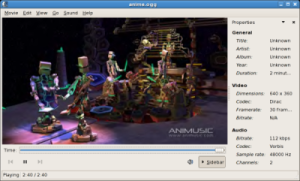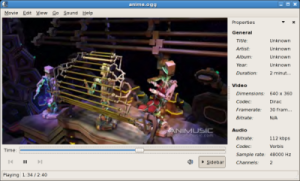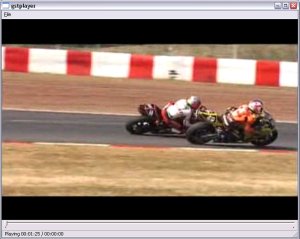So I managed to get the Marocco photo’s
online tonight so I thought I document the trip for posterity.
Marrakesh
Stayed at the Atlas Asni
hotel. Not a backpacker place for sure, but not horribly expensive either. My impression of Marrakesh and most of the towns we found in Marocco was that they where effectivly two towns. You had the old city which was still within their original medival city walls and next to it a new modern city. Marrakesh featured a lot of beautiful architecture, especially the Bahia Palace stood out. While there Wim and I visited/got lured into the taneries, was an interesting visit both visually and smell wise :). We also got hijacked into a local leather and carpet shop and which both Wim and I was each a carpet richer and a bit of money poorer. Also signed up for an evening at Chez Ali which is a gigantic resturant and folklore show. The show was definetly interesting, but I couldn’t help but feel that it felt a little short due to little things like for instance giving you some insight into who the dancers and groups represented in terms of Moroccan society and maybe a bit more choreography to the horse show. But still definetly worth it. We also figured we couldn’t visit Marocco without riding a camel so we signed up for a trip with local trip organizers Sahara Expeditions. We signed up for their 2 day trip which included one night in a berber tent in the dessert. Turned out we ended up traveling with a fun group of people, including two crazy Canadians called Oryan and Jeff. While the camel trip and the desert stay was fun I did regret not signing up for the longer trip though, the trip we took did end up being mostly two days in the car back and forth with only hour or two of camel riding at each end. Also we noticed that there where a lot of cute backpacker girls signed up for the longer trip :). That said both Wim and I ended up quite cripled for a few days just from the little camel riding we did so maybe we did ok as it was :)
Back from the desert we rented a car and set of for Fes, deciding for a little detour past the d’Ouzoud waterfal on the way.
Trip to Cascade d’Ouzoud and Fes
We decided to go by the d’Ouzoud waterfall on our way to Fes. As it turned out we never found the actual waterfall, but we drove through some beautiful mountain terrain. We also ended up staying in the town of Khenifre instead of reaching Fes. Khenifre was maybe not a terribly interesting town from a sightseeing perspective, but it was a pleasant change in the context of people giving us non-inflated prices for things like the hotel room. I guess not being a tourist town had spared them from slipping into the mindset that every foreigner is a walking cash dispenser.
Fes and Rabat
Next day we drove into Fes to look around the old city. Fes being the old city of learning and religion I have to admit I where a bit disapointed in the town. Had expected more in terms of architecture for instance. Of course having caused a chain collision on the way into town I guess we might have been a little bit to edgy to really enjoy the town :). Drove down to Rabat in the afternoon and spent the morning after sightseeing around. Rabat is the administrative capital of Marocco and used to be the adminstration town of the french. It shows with one of the major landmarks in the town being the church built by the french.
Casablanca
Casablanca had three major events/sights. We did a guided tour of the Hassan II Mosque. It was a very beautiful building, but walking through the slums on the way to the mosque you couldn’t help but wonder if it really was money well spent in light of the problems of the country.
The second fun stop was Rick’s Cafe which was an attempt to recreate Rick’s Cafe from the classic movie Casablanca. Such things tend to easily end up cheesy, but I have to say that in this case it had been pulled of beautifully. Part of the reason for that is that it was clearly done as a labour of love and not primarily as a business venture.
The last don’t miss waypoint in Casablanca I have to recommend is the Bodega de Casablanca. Its a Spanish bar/resturant with a great menu and a great athmosphere. I ended up seeing more bullfighting and listening to more spanish music during the hours I was there than I has for all my years in Spain :). To top if off they have a nightclub in the cellar which seems to be the place to go for the young and beautiful of Casablanca. It comes with a great DJ and crew. Stay away from the places called nightclubs in Casablanca though, they are generally horrible places.
Marocco and free software
As a sidenote, what struck me in Casablanca was that it could be a great place to host GUADEC. So any local enthusiasts interested should definetly think about it and get maybe send a proposal to the GUADEC comitee :)



